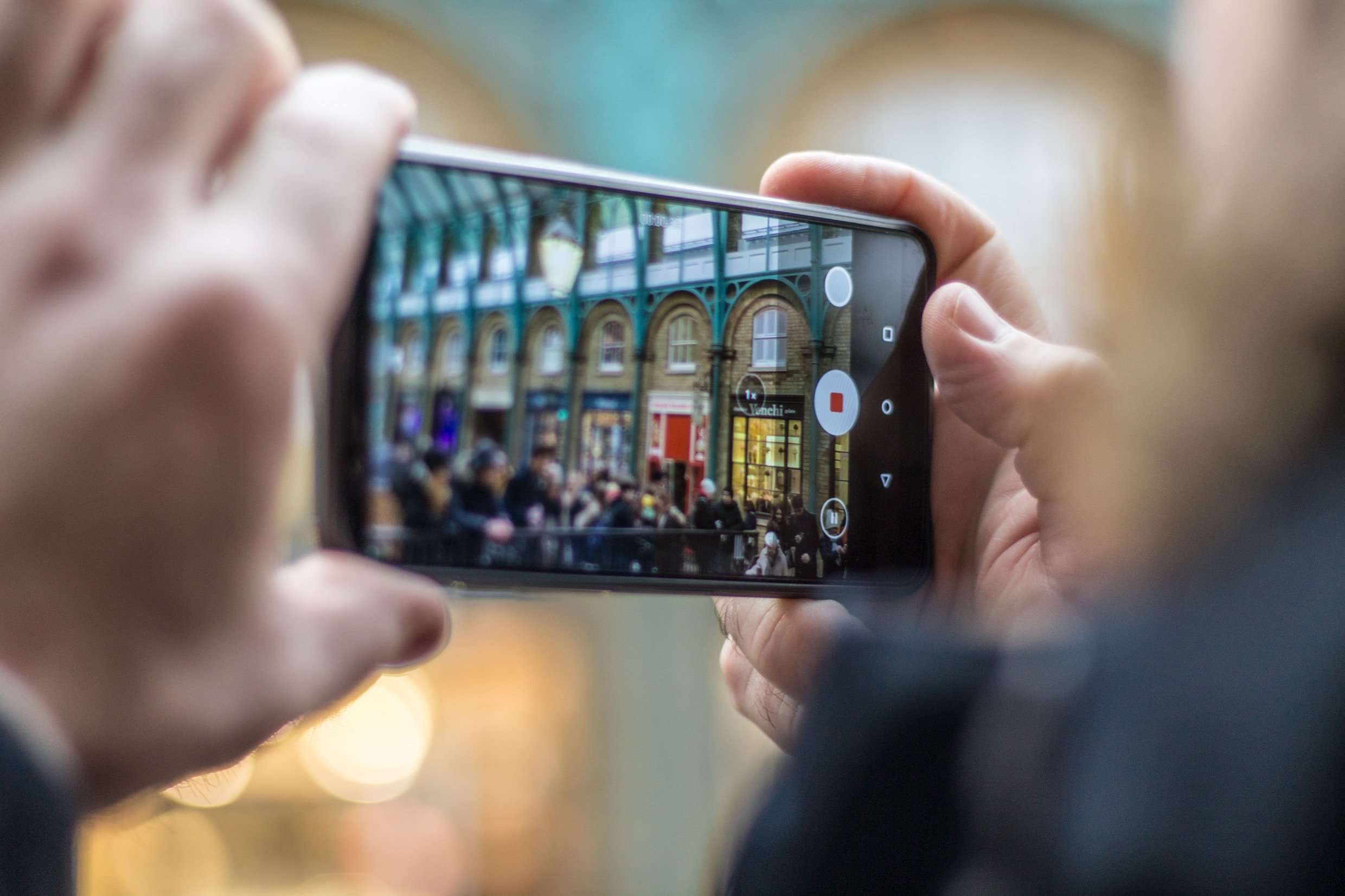How to use Short Form Video in your Content Strategy for the Built Environment
Short form video has become increasingly popular in recent years as an effective tool for businesses looking to engage with their audience. Platforms like Instagram Reels, YouTube Shorts and TikTok all enable sharing of short form video, with the platforms gaining millions of users in a short span of time.
The definition of short form videos seems to be different depending on who you ask and where you post. TikTok is responsible for the meteoric rise of this trend and their maximum length has now increased from 3 minutes to a massive 10 minutes. For this article however, we are defining short form video for the built environment sector as under 3 minutes long.
Brands in the Built Environment sector have been generally slow to pick up on this trend. However, if done right, there is a unique opportunity right now to break through the noise and get noticed ahead of your competitors, who may be currently ignoring this trend.
In this article, we explore why the built environment sector should care, and what to consider when producing short form videos as part of an integrated marketing communications strategy - highlighting key facts, features and themes.
Why should the Built Environment Sector care about short form video?
As content that immediately grabs and holds your attention, short form video is a super shareable and easily digestible content marketing tool.
The Built Environment often relies on visually stunning designs and imagery to present its work. Short form videos can be used to capitalise on the existing content, and showcase projects in a captivating and easily digestible way.
According to a recent HubSpot marketing report, short-form video is the most popular and effective social media content format this year. With 21% of marketers moving to use it in 2023. Also, 73% of consumers prefer to watch a short-form video to learn about a product or service, whilst 59% of short-form videos are watched for 41-80% of their length, and 30% of them have an average watch rate of over 81%.
Stats aside, in short, these videos can help brands communicate their message in a concise, engaging and visually appealing manner; whilst staying relevant to viewers who consume media on-the-go with ever decreasing attention spans. Short-form video is the format for our age, and companies that take advantage of this trend now are likely to gain a competitive edge.
Five themes to get you started with short form video
Here are five themes to kick start your thinking about the type of content your built environment brand can create.
1. Behind-the-Scenes (BTS) Content
The planning and construction of buildings is a fascinating topic with a lot of visual potential. For built environment brands, behind-the-scenes content of this planning and construction process is likely to build interest from your audience from the outset of a project.
Videos can include footage of architectural drawings, site surveys, and construction progress updates. Sharing brand specific content in creative ways will help to showcase the expertise and hard work that goes into creating high-quality buildings and infrastructure.
An architectural firm can offer interviews with architects and designers as they begin to conceptualise and develop their designs, like in these examples, one from Dezeen featuring Cullinan Studio (slightly longer than 3 mins but we think could be edited down without any effect) and the other from VU.CITY featuring Bennetts Associates.
Or a construction firm can showcase the various stages of construction and the use of specialised equipment. Time-lapse videos of building construction are always exciting, like in this YouTube video from the team at Allies and Morrison, and this example by London Property featuring Fore Partnership.
2. Microlearning
Microlearning has become a popular format for online learning, and it's expected to continue growing as a trend in 2023. These bite-sized videos offer short and succinct lessons that are 2-5 minutes long, breaking down big topics into tiny bursts of intense and highly engaging training clips.
To capitalise on this trend, identify key topics around your built environment brand that your audience might want to learn about. Examples of these might include new construction materials and methods, Building Information Modelling (BIM), renewable energy and sustainable design and restoration techniques, to name just a few. Excellent examples of microlearning from Webb Yates, on how deflection and a retaining wall work.
It can even be about informing the public about a new development, like this example by New Eidyn by Native Land, Edinburgh Property Investment.
3. FAQs or ‘explainer’ videos
FAQs or "explainer" videos are a useful tool for built environment brands to address common questions.
Start by addressing common questions from your clients. You can also consider answering brand-specific questions and broader industry-specific questions to showcase your expertise and increase credibility with your target audience. These videos provide real value and are often more engaging than written FAQs. By keeping them short, you can create more of them and position your brand as a helpful and knowledgeable resource in the industry. Like this example by London Property featuring FORE Partnership that explains its company’s mission.
4. User-Generated Content (UGC)
For a built environment brand, getting clients to share their experiences and leave reviews is a fairly safe and powerful way to build trust and credibility in your business.
If you are in the business of placemaking, for example, then running social media campaigns that encourage followers to share videos of their spaces, using a specific hashtag can generate a lot of UGC, whilst helping to build brand awareness and attract new clients.
This can sometimes be a difficult one to get right, and requires a clear goal and procedure to manage. Here’s a simple example from Women in Architecture celebrating women who inspire. While simple in execution, it works because of the compilation of multiple voices to communicate a compelling message to mark International Women’s Day.
5. Leverage social media viral trends (more UGC)
Want more user generated content ideas?
Brands in the built environment sector can leverage viral challenges to encourage user-generated content. For example, a developer or placemaker can create a challenge that encourages people to share photos of their favourite building with the hashtag #BuildingsThatInspire. An example of this would be the combined efforts of a community, as can be seen here on Instagram for Battersea Power Station.
In short, create a challenge anyone can participate in. Use a branded hashtag to promote your message and repost top examples on social media. Involve influencers in the built environment sector and offer incentives to boost engagement.
In Conclusion
Short-form video content presents an exciting opportunity for built environment brands to communicate their message, showcase their projects, and promote their services to a wider audience. We predict it will become a vital component of social media marketing strategies in future.
At Concept Culture, our team of experienced creatives are equipped with the knowledge and expertise to create compelling short-form video content that aligns with your brand's goals and objectives. We understand that every built environment brand has unique needs and requirements, and we work closely with our clients to create customised solutions that are tailored to their specific needs. By leveraging the power of short-form videos, we can help you elevate your storytelling and your impact on the built environment.
Contact us for an initial free consultation here.




